MxCell RASway seeks to improve water quality, prevent crowding in tanks
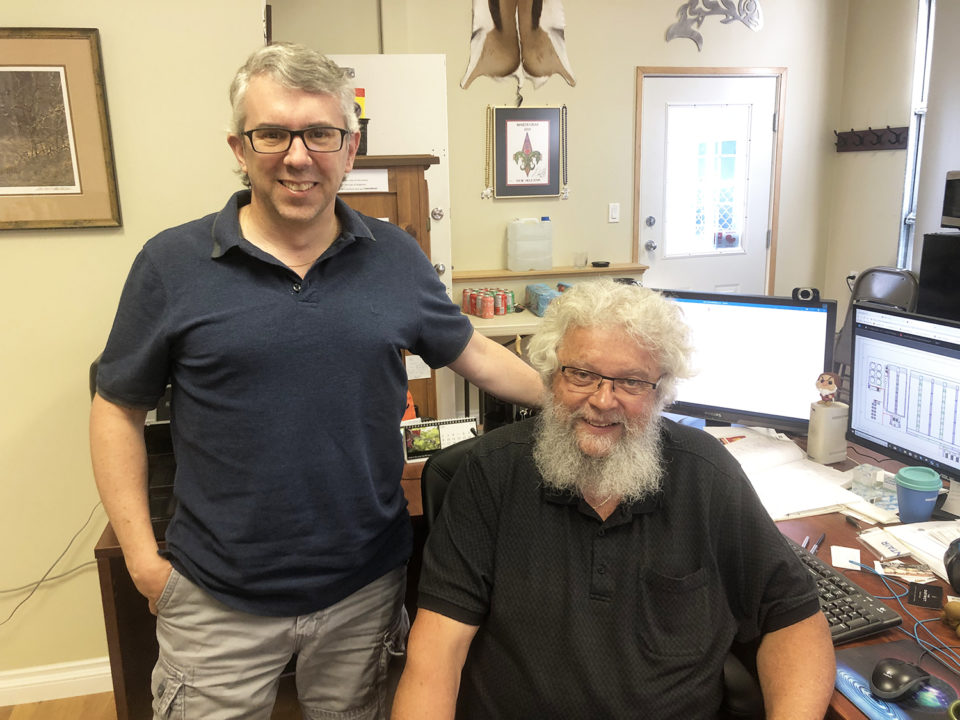
Fish farmers who use traditional recirculating aquaculture systems (RAS) are familiar with their myriad challenges. One specific issue is fish crowding at the entrance of the water supply, where the water quality is best, and empty volume in other areas of a tank, where water quality is suboptimal. John Holder and his son JP looked at this design and knew they could improve it.
The father-and-son team, owners of JLH Consulting in Courtenay, British Columbia, are a formidable team. The senior Holder is a professional biologist who has worked in aquaculture for 46 years, garnering a reputation as a problem-solver. The junior Holder is a computer-aided technologist who helped his dad farm fish since he could walk and joined the industry in 1994.
The pair has spent the last four years working on a better RAS setup defined by good water quality throughout to prevent overcrowding and ultra-low energy demand. Their MxCell RASway is an elongated raceway comprised of different cells, each one containing a circular motion. While water enters at one end of the system and goes out the other, water is also entering and exiting each individual cell. Up to 40 percent of de-oxygenated water in a cell exits and is replaced by oxygenated water.
“With the MxCell RASway the amount of makeup replacement water is greatly reduced and you utilize 100 percent of the system instead of just 60 percent,” Holder explained. “We’re pumping 40,000 gallons of water per minute internally, but we’re putting less than 200 gallons into the raceway in total. Because it’s a closed system, the water is reused over and over again, with just 15 to 20 percent volume replacement per day. This makes our system much more sustainable than a flow-through raceway RAS, which is using 4,000 to 6,000 gallons per minute.”
Holder said this system is also better able to control the temperature with considerably lower energy use, which allows for better fish growth. And because The MxCell RASway systems are enclosed there’s better security overall, with no pathogens coming in.
“Overall, fish management is more streamlined, the fish have reduced stress because they exercise more and eat better, and the raceways are self-cleaning,” he said.
Both farmer and son have a background in fish farming. John Holder farmed fish in Ontario from 1973, in Newfoundland in the 1980s and later worked as a freshwater production manager at a land-based hatchery in British Columbia. Prior to opening JLH Consulting he worked as a project manager and troubleshooter for different aquaculture companies.
JP Holder cut his teeth on the job, working in hatcheries, grow-out facilities, net pens and RAS systems.
“He kept asking if he’d learned enough to work for me,” said John Holder, who agreed in 2009 that his son had sufficient experience. After sending him to college to get a degree in AutoCAD, the two entered a partnership and haven’t looked back since.
“Because we’ve both grown fish we know we want to keep the systems simple and economical. My son’s strength is AutoCAD, and he’s very good. Having experience with all different types of aquaculture gives him a good base to help design and build these operations.”
Over the past decade they’ve worked with systems that serve many different aquaculture species for companies on six continents.
Holder said the Mxcell RASway is competitively priced compared to a standard RAS, and ranges by size. JLH sells the design and introduces clients to equipment manufacturers and general contractors who can help build it.
JLH Consulting tested the design in China two years ago with Canadian-Chinese co-venture AgriAsia Aquaculture Technology in Beijing, building a 500-ton, large-scale prototype. The testing went well, Holder said, and AgriAsia is now looking to build four 1,000-ton units.
“In the MxCell design we can control the temperature within one degree and maintain oxygen levels at saturation,” said Richard Buchanan, CEO of AgriAsia. “The water in the raceway is exchanged every 45 minutes and we have 85 percent recirculation, so we’re saving a lot of water and providing ideal conditions for our fish. Also, the dual drains in the MxCell allow us to monitor feeding because they discharge through a side box and our operators can stand there and see if any food is not being eaten. This results in good feed conversion ratios.”
In upstate New York a 450-ton unit is under construction for coho salmon, and another 1,000-ton system is under design for a company in the Pacific Northwest.
Follow the Advocate on Twitter @GAA_Advocate
Now that you've reached the end of the article ...
… please consider supporting GSA’s mission to advance responsible seafood practices through education, advocacy and third-party assurances. The Advocate aims to document the evolution of responsible seafood practices and share the expansive knowledge of our vast network of contributors.
By becoming a Global Seafood Alliance member, you’re ensuring that all of the pre-competitive work we do through member benefits, resources and events can continue. Individual membership costs just $50 a year.
Not a GSA member? Join us.
Author
-
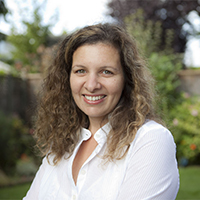
Lauren Kramer
Vancouver-based correspondent Lauren Kramer has written about the seafood industry for the past 15 years.
Tagged With
Related Posts
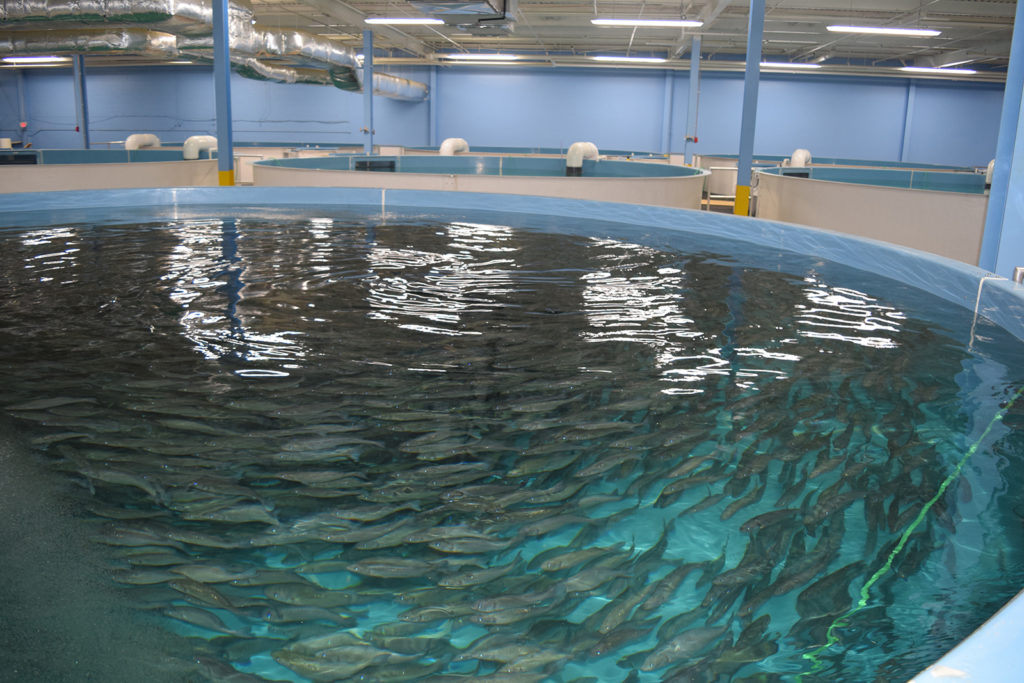
Intelligence
RAS in the USA: Fad or future?
A rash of large-scale, land-based recirculating aquaculture systems (RAS) are planting their flags on U.S. soil, even though it will take several years and hundreds of millions of dollars of investment before they produce their first sellable fish.
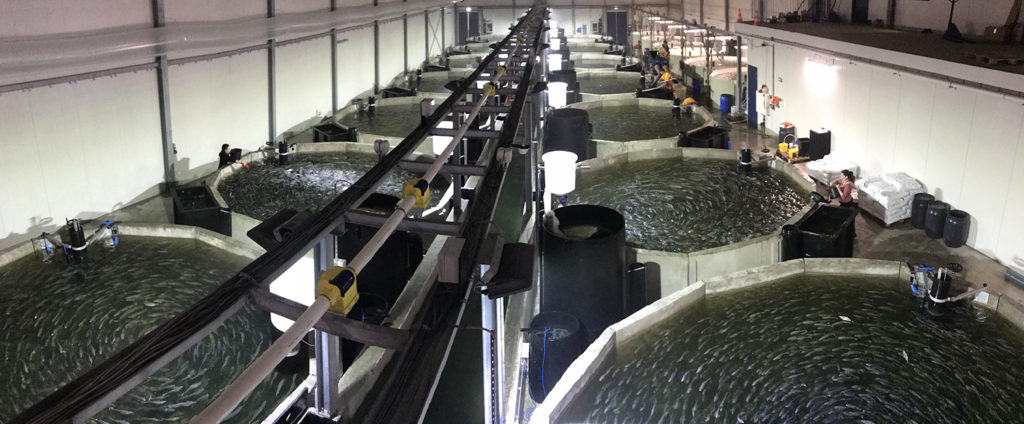
Innovation & Investment
Is RAS the game-changer that Europe’s aquaculture sector needs?
The impact that recirculating aquaculture systems, or RAS, will have on European production remains to be seen, but the general vibe is positive.
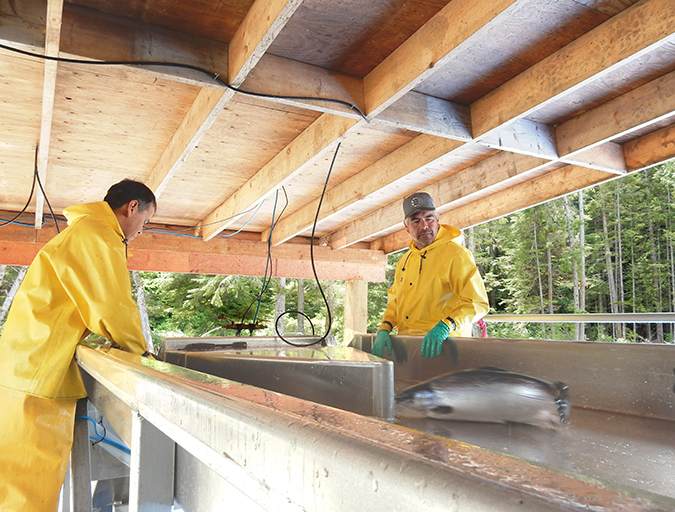
Innovation & Investment
Competitiveness comes at scale for RAS operations
Total RAS salmon production worldwide is less than half of 1 percent of total production. Many of the investors flocking to the sector now are new to fish farming, and confident in its potential.
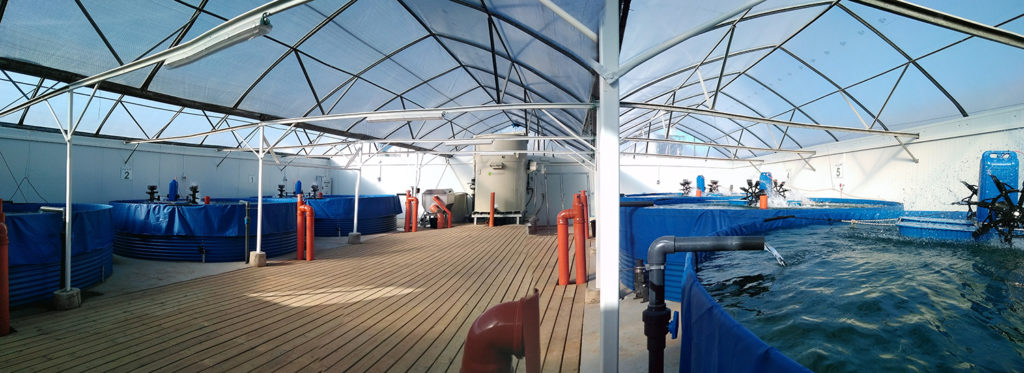
Innovation & Investment
Israeli firm’s ‘plug-and-play’ RAS solution attracts investment
BioFishency's two products, the Single Pass BioFilter and the Mini-RAS, each aim to improve the survival, growth and reproduction rates of fish, which increases profitability and sustainability for the farmer.


